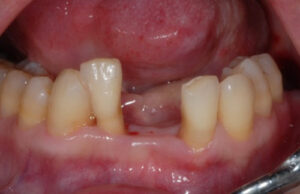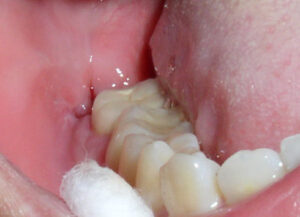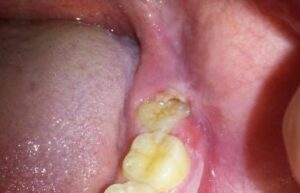Digital cad cam dental technology
Dentist and dental lab technician should be cooperation like wise the dental articulators calibrated machsiam.Creating the diagnosis,then transfer and made the practice accordingly.All of the process can be done easily by digital dental cad cam technology.As the high technology and premium dental lab materials for sale are available for dentist and dental laboratory studio.
Digital dental impressions are quick turning into the norm as an increasing variety of clinicians and laboratories embrace this newer technology.Some of the advantages of intraoral scanning are obvious,like speed and accuracy,however there are extra benefits you may not have thought of.In this article,we look at digital dental restorations and the digital progress.

Clearly,the adoption of digital technology is fast.Though the technology is complicated,the advantages to your patients and your practice are simple to check. Consider the following workflows:
- Capturing a digital impression with an Intraoral Scanner.
Using a handheld scanner,you can acquire a digital impression of your patient’s teeth and soft tissues.
A prepped tooth can be scanned in about five seconds.
65% of patients notice digital impressions more leisurely, and that they understand that treatment is quicker too.
74% are impressed that their tooth doctor has this technology.
85% can tell others concerning their digital dental experience.
Traditional impression accuracies vary from just under 40 µm on an acrylic tooth model, whereas a high-end digital scanner will turn out accurate measurements of approximately 6.9 µm.
Once a digital impression is captured,the digital file is definitely shared together with your dental laboratory,while not the requirement for time-consuming packing and shipping.You laboratory will begin process an intraoral scan within minutes of receiving it.A case is started even before a conventional impression has left the dental office. If necessary,you’ll decision your laboratory to ascertain the quality of the scan whereas the patient continues to be within the chair,eliminating the requirement for extra appointments because of unsatisfactory impressions.
- Capturing an accurate dental Impression with silicon rubber impression.
The impression material must be accurately mixed,and the patient has to remain still for several minutes – that isn’t straightforward at the most effective of times and particularly for anyone with a strong gag reflex.Once the impression is removed,it should be checked for accuracy.
36% of clinicians report that they have to retake dental impressions three or additional times every month.
The same proportion will got to recall the patient to require another impression a minimum of once a month.
- Shipping the practice restoration impression
Next, the model impression is disinfected and packaged for shipping.Mailing an practice impression to the dental laboratory results in extra costs.Once the laboratory receives the impression,it’s checked and hierarchical,so it’s prepared for casting the model,it usually by the digital cad cam milling system,the cad cam milling wax will be milling for the copy of carving practice and digitalization.
- In side the dental lab:
CAD software: starting the process of fabricating digital dental restorations
Your lab’s technicians use the digitized scan of the patient’s mouth to design the replacement prosthetics.These prosthetics could also be crowns,bridges,implant parts or full dentures.The digital design file (for example an STL file) is then imported to CAM software.
- CAM software: reading the digital style
CAM software system interprets the CAD design information,outputting it as machine instructions that are accustomed management the movements of the hardware creating the prosthetic.The hardware could also be a dental mill or printer that turns the virtual design into a physical prosthetic,using the material of your selection,such as cad cam wax block, dental pmma material,sirona zirconia blocks.


- Finishing the prosthetic
Once the prosthetic is milled or printed,it’s prepared for its final process.Glass ceramics are finished in a crystallization oven,whereas zirconia restorations should be sintered in a sintering oven. These ceramics are hand-finished by characterizing, staining,glazing,and polishing the restorations by a lots of dental lab materials list such as diamond turbon grinder,dental lab diamond burs,porcelain brush,diamond cutting disc etc process.
- The finished product
Frameworks,crowns,and bridges and other prosthetics are came to your dental workplace for fitting.If any process is needed by the dental laboratory,the progress moves on to subsequent production stage,continued until the ultimate dental pratice product is finished.
Dental restorations created using a digital progress are precision-made,keeping chairside adjustments to a minimum.A dental crown will take just ten or quarter-hour or less to seat.
Industry-wide,remake percentages are just about four-dimensional.using intraoral scans brings this figure down to less than 1%; this benefits both the patient and your bottom line.
The most key points is the we should select the branded dental laboratory products for the most pointed practice,such as the porcelain powder,self-colored dental zirconia blocks,dental peek material etc.As we wish the practice for patient is one time passed and 100% satisfied.





